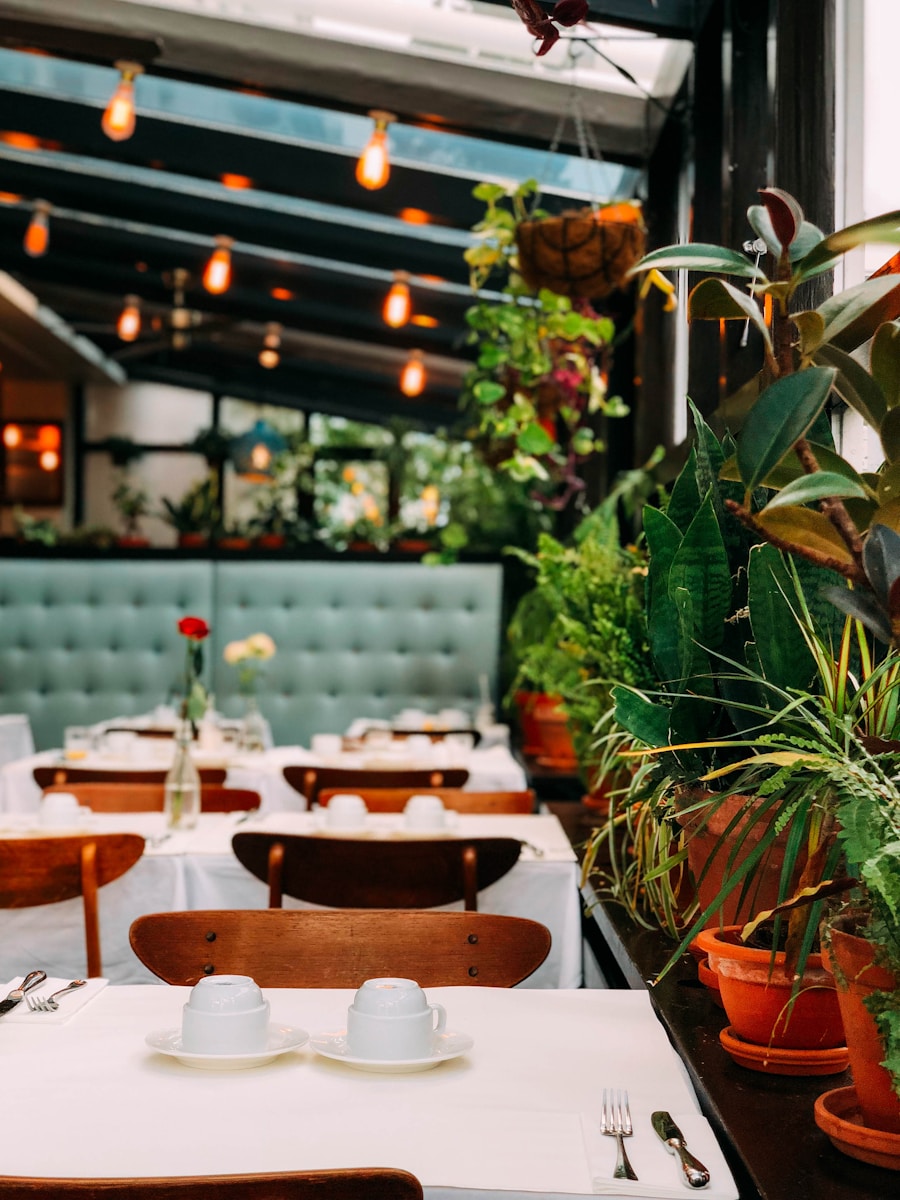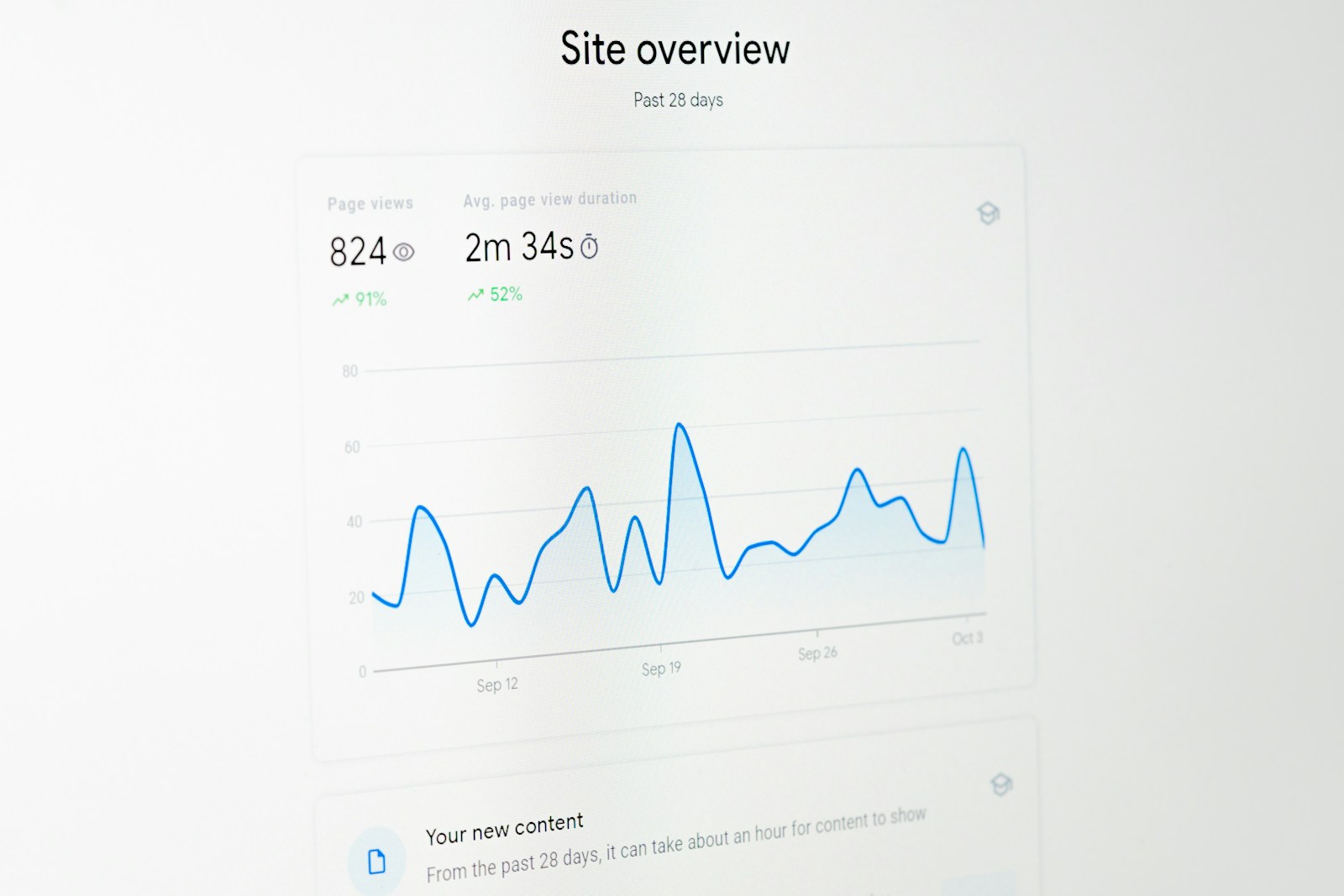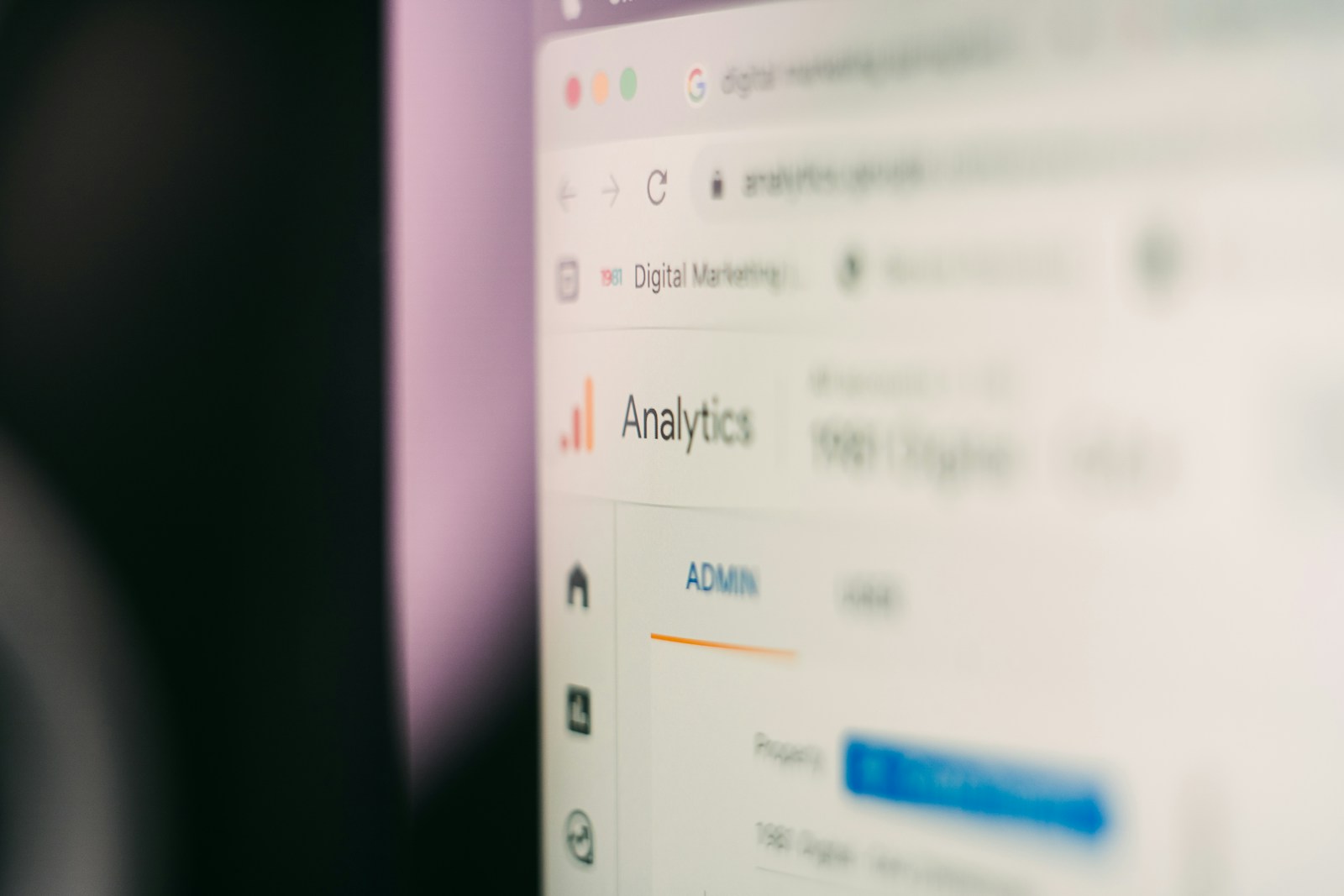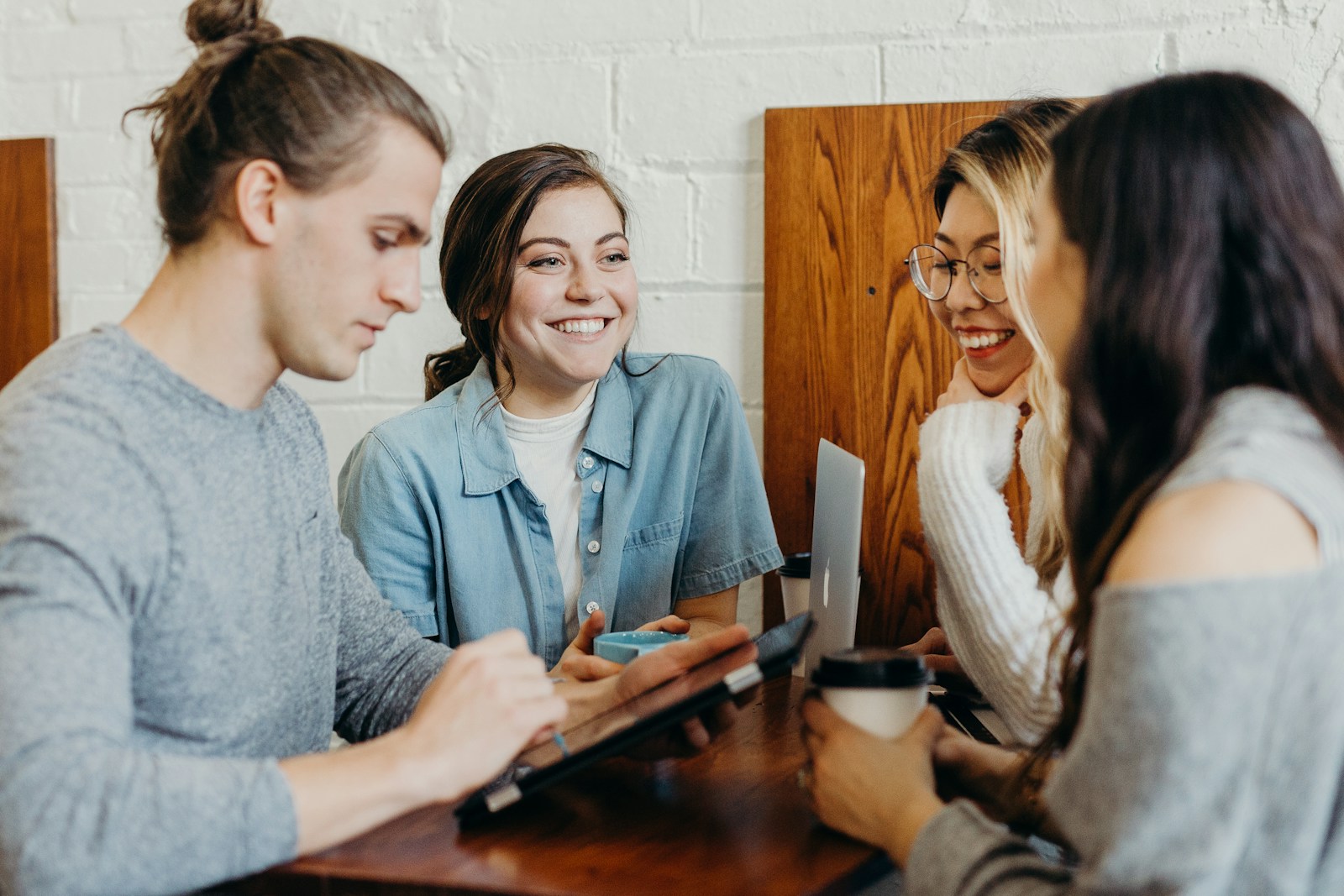Social networking for hotels - strategies and best practice
Social strategy
Social networks represent a powerful strategy for hotels. Not only do they provide greater online visibility, they also offer the opportunity to interact directly with customers. It is therefore essential for every hotel to have a well-defined strategy for making the most of these platforms. This guide sets out the strategies and best practices for maximising the use of social networks in the hotel sector.

Understanding the social ecosystem for the hotel industry
Customer specificities
Even before publishing the first photo, hoteliers need to identify who they are targeting: international tourists, business travellers, families, digital nomads? Each segment has its own distinct social habits. The English-speaking millennial will choose Instagram to find Instagrammable experiences, while the corporate traveller will consult LinkedIn to validate the seriousness of an address. Families, on the other hand, scrutinise Facebook reviews to reassure themselves about cleanliness or the availability of connecting rooms. Understanding these micro-audiences enables us to calibrate messages, visuals, language and broadcast times. Social listening tools also reveal implicit expectations: allergies catered for, flexible check-in, kid-friendly facilities, eco-responsible labels. The better the customer knowledge, the more effective the social strategy.
Priority platforms
Instagram remains the king of visual inspiration. Its strength? The carousel of high-resolution photos, ephemeral stories, Reels and guides for compiling itineraries. TikTok, with its viral discovery algorithm, propels hotels capable of telling a story in fifteen seconds. Facebook is keeping up its interest in direct bookings thanks to its call-to-action and reviews modules. Pinterest, though sometimes underestimated, acts as a visual search engine, pinning wedding lists and honeymoons. LinkedIn, for its part, will shine in the MICE segment (meetings, incentives, conferencing, exhibitions) by promoting flexible rooms and corporate offers. Finally, TripAdvisor, Google Business Profile and Booking.com are not social networks in the strict sense of the term, but they operate with the same conversational dynamics; ignoring these platforms would be tantamount to losing the essence of digital word-of-mouth.
![]()
Hotel Web Design is the web agency 100% dedicated to the hotel industryWe can help you with all aspects of digital communication for your accommodation: booking websites, natural referencing specialising in the hotel industry, Google Ads referencing and Google Hotel Ads, social networking campaigns, graphic charters and logos for hotels.
Make an appointment today for free advice on how to optimise the digital management of your accommodation.
Setting clear objectives for hotels
Brand awareness
A newly opened boutique hotel will first of all be looking to raise its profile. The key indicators will be audience growth, organic reach and Share of Voice in the destination. Photo competitions, local micro-influencers, live ma vie de réceptionniste teasing campaigns: everything is used to get people talking about the place, to generate mentions and proprietary hashtags. However, care is taken to maintain graphic consistency, which will become the brand's signature.
Acquisition and conversion
For an establishment that is already famous, the focus shifts to direct conversion. This involves tracking the click-through rate to the booking engine, the cost per acquisition (CPA) via Facebook Ads or Google Performance Max, and the proportion of sales generated by promotional codes distributed in stories. Tracking pixels and UTM links enable each reservation to be allocated to the right campaign, budgets to be calibrated and precise retargeting to be triggered on abandoned shopping baskets.
Loyalty
Social networks extend the experience long after check-out. Competitions reserved for former customers, private Facebook groups, newsletters coupled with a WhatsApp channel for communicating flash offers: these are all levers for anchoring the relationship over time. CRM data cross-referenced with social interactions produces VIP or ambassador segments who can be surprised with exclusive previews or upgrades. A loyal customer costs five times less than an acquired customer, so the financial stakes are high.
Implementing a differentiating content strategy
Visual storytelling
At first glance, one room looks like another. What makes the difference is the story that is told: the pastry chef preparing a mille-feuille in the open kitchen, the sommelier finding a biodynamic vineyard or the gardener harvesting aromatic herbs at dawn. Each photo should evoke an emotion, a value, a customer benefit. The rules of composition (rule of thirds, perspective) and chromatic consistency (pre-selection of three dominant colours) reinforce memory. Captions, for their part, oscillate between practical information and narrative winks: emojis, micro-stories and open-ended questions are inserted to encourage comments.
Short video and live streaming
The Reels or TikTok format appeals to the mobile-first audience. Thirty seconds is all it takes to bring to life the preparation of a signature cocktail, the making-of moment in a presidential suite or a timelapse of the sunset on the rooftop. Live broadcasts humanise the brand: a live guided tour with the director, a Q&A session with the spa manager, an acoustic concert in the lounge. Real-time interactions (questions, polls) boost the algorithm and reinforce trust.
User-generated content (UGC)
A selfie taken by the pool, a boomerang story from room service: this authentic content carries more weight than any advertising. The hotel can encourage UGC via a hashtag competition, signatures on @HotelX tag mirrors or a discount of 10 % at the bar in exchange for a geolocated share. Be sure to ask permission before republishing, credit the author and respect the graphic line: a light filter or frame harmonises the flow and creates visual consistency.
Editorial calendar
Posting when you've got the time inevitably leads to air gaps. A monthly schedule lists local festivals, international highlights (World Wellness Day, Halloween, Black Friday) and key moments for the hotel (reopening of the rooftop, launch of a brunch). Each block contains the format, the text, the visual, the channel, the person responsible and the KPI objective. SaaS tools such as Trello, Asana and Notion make it easier for marketing, F&B and reception to work together.
Tone and editorial line
The DNA of a historic palace differs radically from that of a surf hostel. The lexical field, the emojis, the degrees of familiarity (vous vs tu) must be aligned with the brand promise. An editorial charter formalises these choices: a list of forbidden words (e.g. cheap for a five-star restaurant) and those to be favoured (craftsman, made-to-measure), a guide to reacting to comments (response time, posture). This consistency doubles the spontaneous recognition rate.
Optimising profiles for conversion
Bio and call-to-action
The biography is often read in a few seconds, so it should include a clear value proposition (Panoramic view of the Mediterranean), a unique tracked link (Linktree, Later, Campsite) and a geographical emoji for location. The contact buttons (Book, Call, Email) must work on mobile, and the language must adapt to the majority of the audience. On Facebook, a Hotels & Travel template unlocks the Offers and Reviews tab.
Integrated shops and reservations
Instagram Shopping or the Book Now module via partners (TravelClick, TheFork, OpenTable) reduce friction. A web user can go from discovery to booking in three clicks, without leaving the application. Rooms are entered in the same way as products, with visuals, description, price and availability added. This short path improves the conversion rate by 10 to 30 %, according to internal CRS (Central Reservation Systems) studies.

Taking advantage of advertising features
Geo-targeting
An urban hotel attracts travellers who are already in town: so we set up Facebook Ads campaigns that reach five kilometres around the address, broadcast on Instagram Stories during off-peak hours. We offer a last-minute discount or a day-use pass to turn locals into impromptu customers. Digital Twins (Lookalike) based on the CRM list make it possible to extend reach while maintaining relevance.
Retargeting
Using pixels and the Facebook SDK, we re-target visitors to the site who have consulted the junior suite page without booking. They are shown an immersive video of the same suite with an exclusive offer if the booking is confirmed within 48 hours. On Google, intent-to-travel audiences combined with hotel search signals (flights + hotels) increase the click-through rate by 40 %. The aim is to recall the brand at the key moment in the decision process.
Working with influencers
Far from a simple free stay in exchange for a post, a structured collaboration includes a creative brief, a contract, KPIs (impressions, clicks, bookings) and rights to use the content. Nano-influencers (1,000-10,000 subscribers) often generate proportionately more engagement than macro-stars, for a content budget. Tracking via a unique promo code or affiliate link measures the real impact. Hotels should also think about the aftermath: re-use of visuals in their own feed, Guest Takeovers story highlights.
Real-time management of your hotels' e-reputation
Proactive moderation
Responding to a negative review within 24 hours can reduce churn by 15 %. A dashboard such as Hootsuite, Sprout Social or Agorapulse aggregates all incoming messages. We design template responses for recurring requests, but we personalise the first name and the issue: Hello Laura, thank you for your feedback on the breakfast. We'll pass on your comments to the pastry chef... This visible attention reassures not only the person concerned but also all the silent readers.
Crisis management
Hot water outage, billing error, fire in the kitchen: these viral situations require a pre-established strategy. Identify an official spokesperson, write a clear statement, publish on all platforms and respond publicly to key comments before continuing the discussion privately. Omitting or deleting an inflammatory comment without justification amplifies the Streisand effect. Conversely, transparency and a detailed chronology restore trust.

Measuring performance
Essential KPIs
Reach, impressions, clicks, engagement rate, share of direct sales, cost per lead, social Net Promoter Score, sentiment analysis: these are all indicators that can be cross-referenced. The dashboard is divided into three zones: Top of tunnel (awareness), Middle (consideration) and Bottom (conversion). SMART objectives are set: +20 % qualified subscribers in six months, -€10 average CPA on Facebook Ads per quarter, +2 points service satisfaction on Messenger.
Tools and reporting
Google Analytics 4, Meta Business Suite, TikTok Analytics, Pinterest Trends, Power BI: the landscape has become more complex. Multi-establishment hotels are adopting aggregator platforms (Quintly, DashThis, Supermetrics) to consolidate data and produce comparable reports. A colour code (green: objective achieved, orange: to be monitored, red: alert) allows non-digital teams to see the state of social health at a glance.
Good operational practice
Teamwork
The community manager can't do everything. We are institutionalising a Social Committee involving reception, housekeeping, F&B and the spa. Each department comes up with ideas for content, shares anecdotes and identifies satisfied customers who are willing to testify. A shared drive stores photos in themed folders. This bottom-up approach guarantees authenticity, diversity and responsiveness.
Automation and artificial intelligence
Chatbots Messenger and WhatsApp solve 60 % repetitive questions: check-in times, parking rates, availability of a cot. Generative AI tools write variations of posts or multilingual responses, under human supervision. On the advertising side, the machine learning of Facebook Advantage+ or Google Ads optimises budget allocation in real time. But beware: AI is a tool for humans, not a replacement for them. Human proofreading guarantees tone, accuracy and cultural sensitivity.
Inspiring case studies (hotels and resorts)
Urban boutique hotel
The Belle-Époque Hotel in LyonThe hotel, with 34 rooms decorated in art deco style, is focusing on Instagram, with a sepia mosaic feed, daily backstage stories and micro-influencers from Lyon invited to the brunch. Result: +45 % occupancy in low season and 70 % direct bookings via the link in the bio. The average acquisition cost fell to €8, compared with €23 via OTAs.
Seaside resort
The Laguna Azul Resort in Tenerife is rolling out a TikTok plan. Core content: dance challenges with the animation team, Eco-Tips on plastic reduction, live performances by DJ Sunset. Partnership with three Spanish designers guarantees 12 million views in four weeks, peak Google search Laguna Azul +300 %. Bookings for family suites rise by 28 % during the summer.
International channel
GlobeTouch Hotels, 120 hotels, is centralising its strategy in a Social Media Command Centre based in Barcelona. Each hotel receives a content kit (Canva templates, image bank, guidelines) but retains scope for local creation. AI software analyses feelings and reasons for staying to adjust marketing offers. The loyalty programme on Facebook Groups is generating an 18 % increase in cross-destination re-purchases.Want to find out more? See also their article How to boost your direct sales with Google (internal link) : https://hotel-webdesign.com/blog/google-books-direct

 Hotel Web Design is a Google partner with the Google hotels including our customers enjoy every day: information about your accommodation, availability and prices is sent continuously to the search engine, which displays booking links free from Google search, directly to your booking page. These free links represent around 15% of additional commission-free bookings for our customers in 2022! Read our article on free booking links from Google
Hotel Web Design is a Google partner with the Google hotels including our customers enjoy every day: information about your accommodation, availability and prices is sent continuously to the search engine, which displays booking links free from Google search, directly to your booking page. These free links represent around 15% of additional commission-free bookings for our customers in 2022! Read our article on free booking links from Google
Emerging trends
Social commerce
Book buttons integrated directly into Reels and stories transform networks into miniature GDSs (Global Distribution Systems). Meta is testing hotel bookings without redirection, with native payment and calendar synchronisation. Early adopters are seeing additional revenue of 3 to 5 % from scroll & book.
Metavers and virtual reality
Some hotel groups are recreating their lobbies in Horizon Worlds or The Sandbox. Prospects explore the penthouse suite in VR, book a virtual spa slot that turns into a real voucher. This immersion reduces doubts and takes advantage of a market estimated at 800 M$ by 2025. Nevertheless, marketing teams need to plan for faithful 3D renderings to avoid dissonance between the virtual and the physical experience.
Ask for a quote
- Ready to boost your direct bookings? Request your free audit on the Google Ads for hotels.
- Need a synchronised booking engine? Test the demo here : engine & channel manager.
- Want to learn more about SEO? Read our article on hotel content strategy.
Conclusion
Social networks are no longer a simple visibility channel, they now structure the entire customer journey: inspiration, research, booking, on-site experience and shared memories. For hotels, the challenge is to combine creativity, technology and hospitality. A solid strategy is based on a detailed understanding of target audiences, the production of emotional and useful content, the constant optimisation of conversion paths and the rigorous measurement of performance. By integrating best practice and innovation, every establishment - from cosy B&Bs to five-star resorts - can transform its digital communities into genuine levers for growth, loyalty and reputation.
Booking / reservation website
-
Direct booking for your accommodation
- Bespoke booking/conversion site delivered turnkey, with training on the administration interface on delivery
- Adapted logo and graphic charter. Possibility of using your existing elements
- Specific referencing for holiday lets
- Integration of reservations module internal
- or integration of an external booking engine (Reservit, D-EDGE, MisterbookingRoomcloud, etc)
- Integration of specific HTML elements (review portals, customer reviews, weather, press, pop-ups, direct chat, etc.)
- Secure SSL / HTTPS
- Multilingual website & booking engine
- Simple, intuitive user interface
- High-availability hosting and domain name
- Delivery usually within 30 days
Booking / reservation website
-
Direct booking for your accommodation
- Bespoke booking/conversion site delivered turnkey, with training on the administration interface on delivery
- Adapted logo and graphic charter. Possibility of using your existing elements
- Specific referencing for holiday lets
- Integration of reservations module internal
- or integration of an external booking engine (Reservit, D-EDGE, MisterbookingRoomcloud, etc)
- Integration of specific HTML elements (review portals, customer reviews, weather, press, pop-ups, direct chat, etc.)
- Secure SSL / HTTPS
- Multilingual website & booking engine
- Simple, intuitive user interface
- High-availability hosting and domain name
- Delivery usually within 30 days







